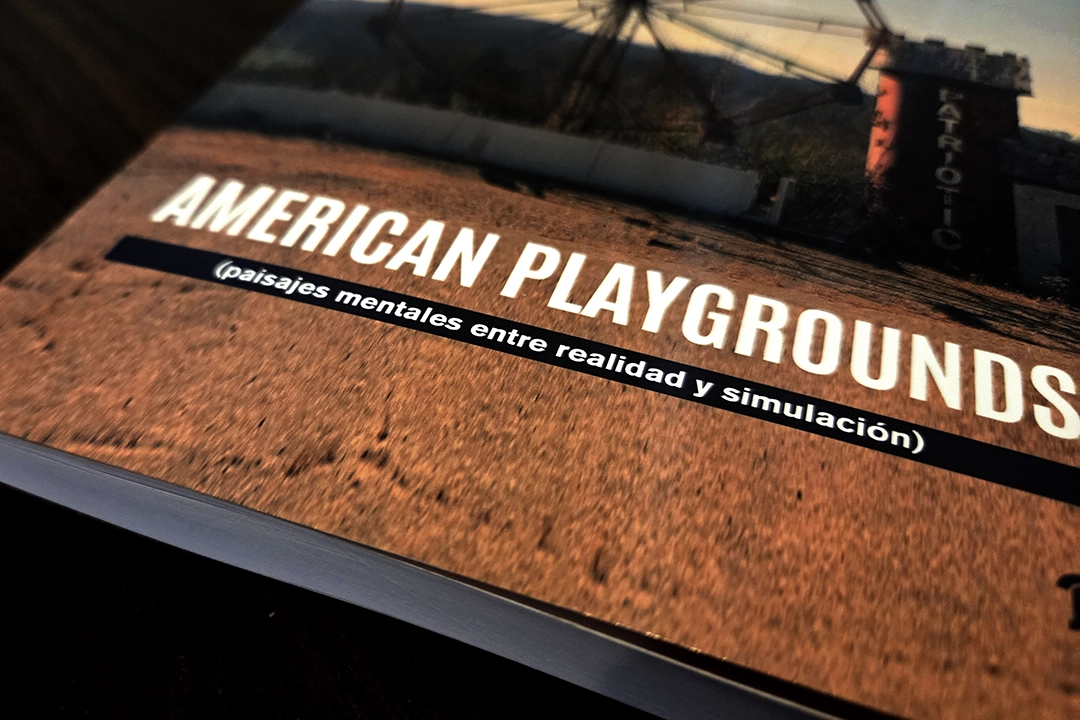 Go to English Version
Go to English VersionI have spoken at length with Juan-Sí. Twice in person, once by phone. About a month ago we shared a coffee, standing in my kitchen—the first guest to step into my still chairless apartment. Each time our dialogue drew to a close, after the inevitable farewell, I was left with the impression that I had merely touched the widening circle of water at the surface of a well whose depths few have known. That expanding ripple produced by such a fleeting contact is what I now attempt to turn into memory.
Others have noted, and I confirm, that Juan-Sí gives the impression of being a consummate dissident. No refuge seems to detain him. He leaves miles behind, carrying images and recollections that accumulate only to be added to the next ephemeral station. His dissent extends even to dissent itself—perhaps because dissent demands a pause. Yet I have seen him move past whenever he senses the acrid odor of the subversive, the cloying perfume of the politically correct, the stale talcum scent of peace and quietude. He dissents even from memorable moments.
I suspect—indeed, I wish to suspect—that photography is the entryway to what may well be his principal renunciation: the human figure as subject. His presence is nearly absent from this series, or entirely present if what one perceives are the silent traces of his work itself.
Other Juan-Sís undoubtedly exist, other pieces that will shade and complicate this series, or his recent production. I have some intuition of where the impulse to tell these stories originates, but speculation is not my task today.

This Saturday Juan-Sí will present his book at The Annex Gallery, at one in the afternoon. He will sign a few copies of American Playgrounds (2005–2024). Critics have argued that this project condenses the idea that every home is also a measure of distance, memory, and invention. It is not an inventory of panoramic vistas but a stationary road movie, conceived to suggest intimacy even when many of the shots are taken at a distance, from the driver’s seat.
His landscapes have been described as psychic terrains: fragments of suburbia and exurbia that resemble abandoned film sets where something could occur at any moment, where the absence of the human figure renders its presence almost palpable. In this improbable stillness, the horizon tightens in silence. American iconography—its totems, its advertising, its devotions—emerges as both open-air museum and machinery of persuasion.
What is his method? An accrual of images with narrative potential, “cooked” until their semantic tension holds, without losing the documentary pulse. The camera—a light Sony—and the car window provide rhythm, cut, pause, and drift. At times he switches off the GPS in order to get lost, and in getting lost, he finds. Once reoriented, the story is already there. His photography rewrites reality.
What will we encounter in this body of work? To enter his settings is to choose the most habitable corner. They operate like compasses pointing toward a landscape that repeats across all quadrants. Perhaps that is why the path chosen matters little, for the same will be found a little further on. It is also an emotional cartography that traverses the intersection of document and fiction, of belonging and estrangement, visibility and invisibility.

Beyond its narrative—which is undoubtedly compelling—the magnetic center of Juan-Sí’s work is Juan-Sí himself. As I see it, he is like a Formula 1 driver who abandons his car to reach the finish line on foot. Another dissidence. There are never enough of them.
His story interests me as much as his work. For it is also mine, and that of his people, his land, and of the first humans who dissented from the original continent. It belongs to the Universal History of Dissent. He is one of its great figures.
We will recount it to those who have not yet heard it. But for now, this dissident will be at The Annex Gallery next Saturday at one in the afternoon, signing a few copies of his latest book.









Comments powered by Talkyard.